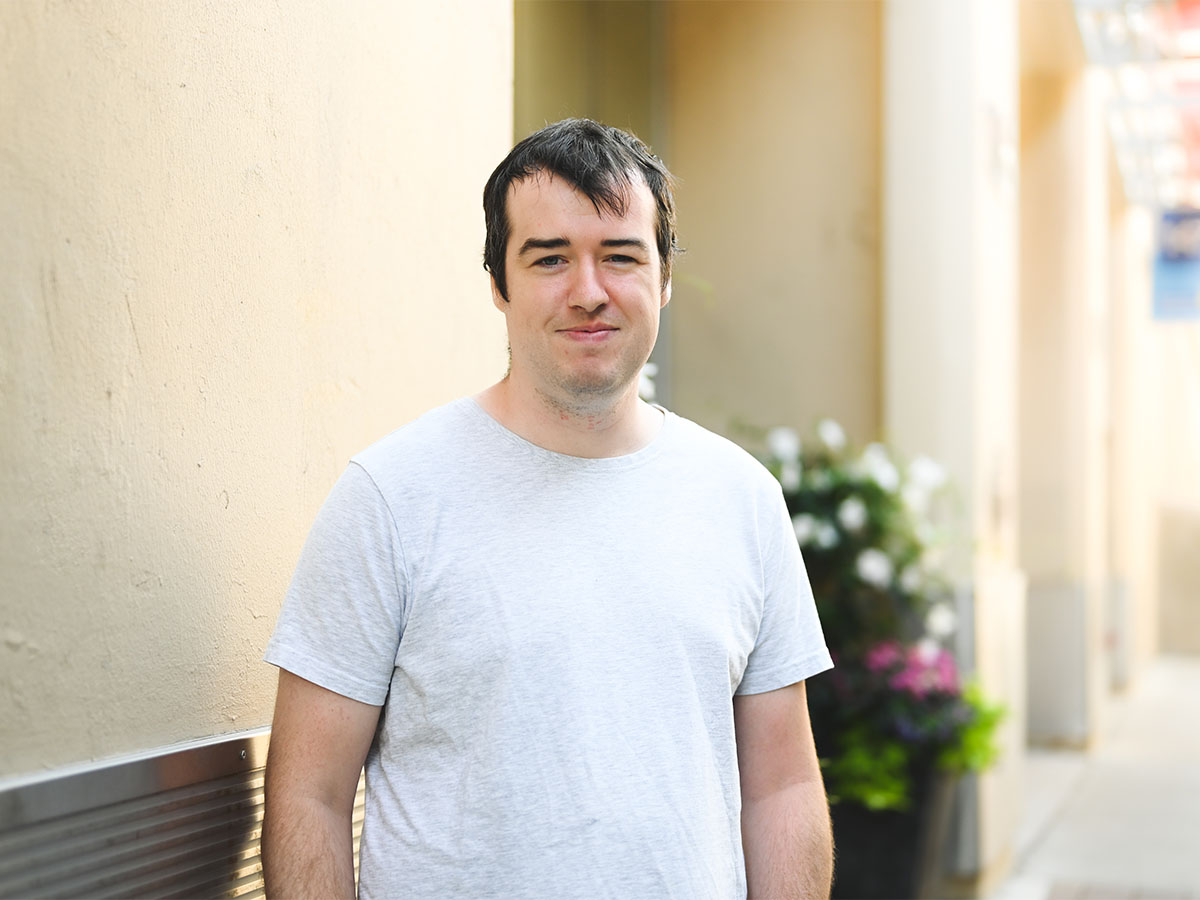Developing better quality images for earlier detection and diagnosis of breast cancer

Breast cancer is currently the second leading cause of cancer deaths in women, accounting for approximately 25% of new cancer cases and 13% of all cancer deaths in Canada. As with other cancers, the earlier this form is detected, the greater chance of survival and the less risk that the cancer will recur. Breast imaging or mammographic exams play an important role in early detection, which is why the quality of the images used by radiologists is so important. A detector that produces better quality images makes finding and diagnosing lesions easier.
A technique known as dual-energy imaging, which uses iodine as a contrast agent, provides useful data about tumour growth and the subsequent changes in blood vessels in breast tissue. Currently, the detectors used for mammography are predominantly black and white x-ray cameras; they can only see the intensity of the x-ray light. In addition, performing dual-energy imaging with these cameras requires taking two images of the same thing at two different x-ray energies and then combining them. While this results in a clearer image of the contrast agent, it also tends to introduce motion blur.
A photon-counting detector — essentially, a colour camera for x-ray imaging — can create all the images needed in a single snapshot and remove the motion blur seen in traditional methods. In particular, a photon-counting detector that uses cadmium telluride, rather than the more typical silicon currently in use, has the greatest potential for providing the clearest images. What’s needed is a method for testing that potential.
That was the goal of recent research conducted by third-year biomedical physics PhD candidate James Day, under the supervision of Dr. Jesse Tanguay of the Department of Physics. In their research article (external link) published in Medical Physics, the authors used a simulation model based off of a prototype cadmium telluride photon-counting x-ray detector and then compared it to other detectors currently used for screening mammography.
Why use a simulation? Because cadmium telluride photon-counting detectors are very expensive to manufacture in order to then test image quality.
“The solution is to use computational modelling,” says Day. “The accepted practice for these models is to first validate the model by reproducing a wide range of experimental results from a prototype detector. This validation must be rigorous enough to cover the range of physical phenomena that the model is simulating such that they are clearly manifested in the results. Once validated, a model can be used to extrapolate upon the detector’s capabilities and explore many different configurations to find the optimal settings for the task of interest. In this case, that task was to maximize image quality.”
Day’s study was successful in finding configurations that were able to produce standard mammography images of similar quality to detectors currently in use, including the silicon slot scanning photon-counting detector which is already competitive with other detectors. The first time a comparison like this had been performed, Day’s work confirmed that a cadmium telluride photon-counting detector is worth studying further. With this question answered, Day now has physical detector configurations to expand upon in order to determine the image quality capabilities of these detectors for multi-energy imaging.
Day’s paper lays a framework to build upon to better investigate the role of cadmium telluride photon-counting detectors in multi-energy imaging and, ultimately, make it possible for radiologists to provide a more complete understanding of the presence of cancer in breast tissue. His work offers the first head-to-head comparison of competing photon-counting technologies for standard mammography applications. It also highlights the minimum requirements that new photon-counting technologies must meet in order to be competitive with the standards set by existing technology and demonstrates the capability of cadmium telluride photon-counting detectors to meet these requirements.
Most important to Day, he has advanced knowledge in an area close to his heart.
“There is cancer in my family, as there is in so many families, including breast cancer,” he says. “I can’t cure this disease, but I can help develop the technology that provides better imaging and, as a result, a better chance of surviving a cancer diagnosis.”
Day is looking forward to further exploring the multi-energy capabilities of the cadmium telluride photon-counting detector for iodine specific imaging. The best part of his work, he says, is to first create and then try to break his own computational models.
“It’s an adventure to look for flaws in the model—and satisfying when I can’t find them.”
This research was supported by the Natural Sciences and Engineering Research Council of Canada (NSERC) Discovery Grants Program, the Canadian Foundation for Innovation (CFI), and the Ontario Research Fund (ORF).